How to Serve Beets to Baby
In this guide, learn how to serve beets to your baby – for baby-led weaning or as a smooth puree. Beets are a great source of fiber, folate and other essential nutrients, making them a great first food for babies 6 months and up. Serve them as a baby food puree, as a solid for the finger food stage, or for baby-led weaning.
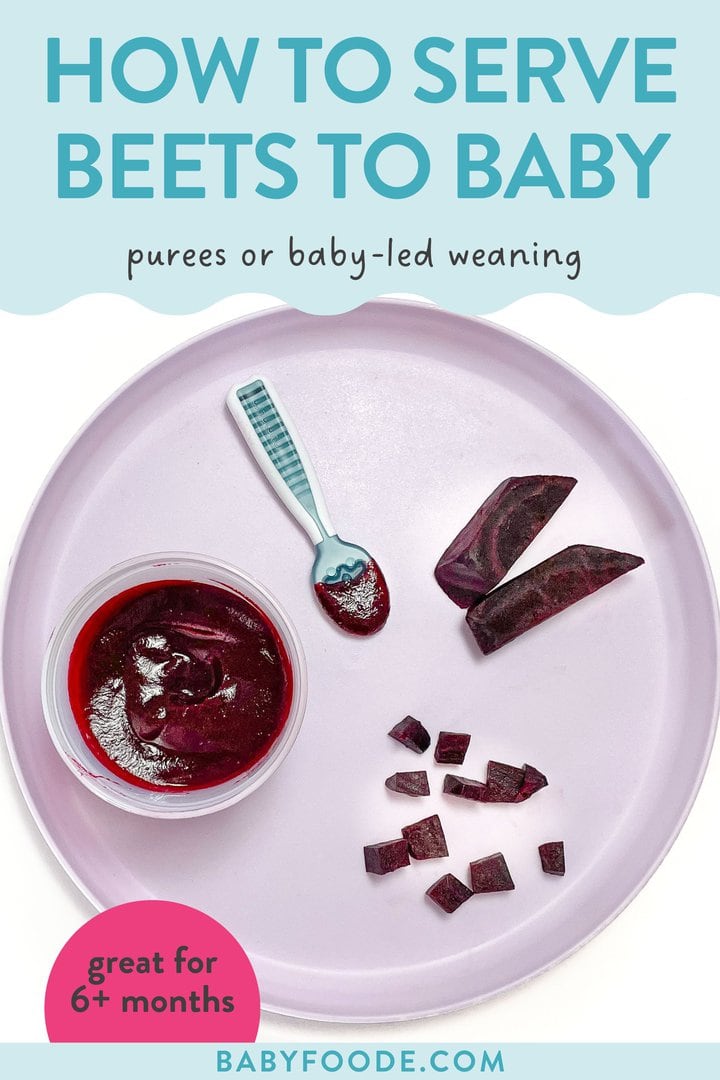
Medically reviewed and cowritten by Jamie Johnson, Registered Dietitian Nutritionist (RDN), and Lauren Braaten, Pediatric Occupational Therapist (OT).
Beet Baby Food
Whether you prefer red, golden, white or even a pink and white candy-striped variety, beets are a very nutritious veggie. Beets are a great source of fiber, antioxidants, and other important vitamins and minerals, including folate, potassium and iron.
Sounds like something that would be good for your growing baby, right?
But how exactly do you serve these mighty little root vegetables to your baby? Don’t worry, we’ve got you covered. In this guide, we’ll cover all the information you need in order to safely serve beets to baby for baby led weaning or traditional (spoon) feeding. You’ll learn about the nutritional benefits, FAQs, helpful tools and expert feeding tips.
First time making homemade baby food? Then, I would suggest that you start by reading my very in-depth Guide on how to Make Homemade Baby Food – which goes over all the important information such as the best cooking tools to have on hand, safe storage, how to know when baby is ready for solids, how to introduce purees, the best first foods for baby, and more! If you are doing Baby-Led Weaning, then be sure to check out my Complete Guide to Baby-Led Weaning – which covers what exactly is baby-led weaning, to every parent’s concern of baby-led weaning and choking, this guide goes over it all. I will also share how to know when baby is ready for BLW, the top 10 best first foods, a helpful sample blw feeding schedule, helpful tools to have on hand, and much much more!
Want more information? Then check out my best-selling cookbook for even more information and recipes!
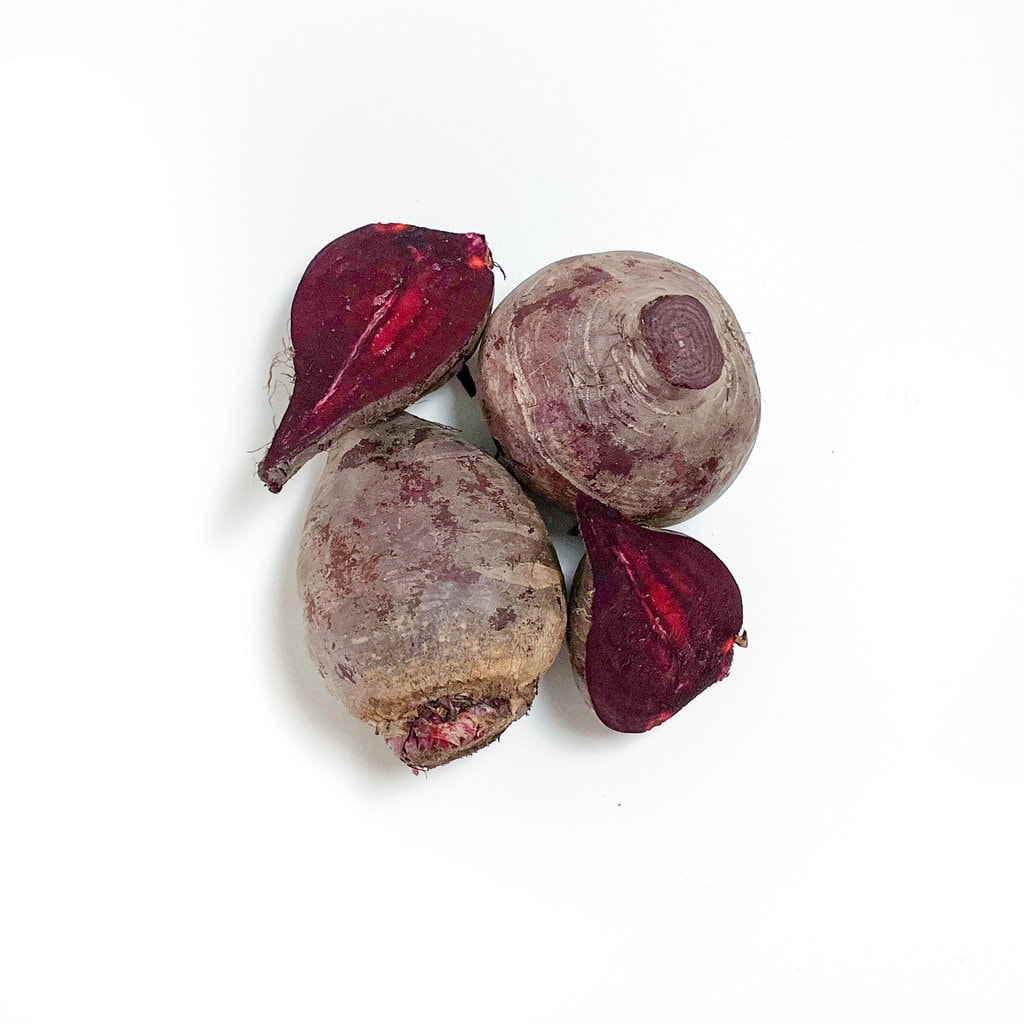
Reasons to Love Beets for Babies
- delicious baby food purees – 6+ months
- great for baby-led weaning – 6+ months
- also great for the finger food stage – 9+ months
- full of essential nutrients for baby
- easy stage one and combination puree
- different ways for baby to eat – spoon-fed or self-feed
- easy to make
Benefits of Beets
Beets may not be at the top of your list of favorite veggies, but it might be worth getting it to the top of your little one’s. Beets are packed with nutrients that can benefit health.
- They are full of fiber, which can help with digestion.
- Their rich color indicates they are an excellent source of antioxidants, which helps with immunity and reducing inflammation.
- Beets are high in compounds called nitrates, which are important for brain health.
- They contain many other important vitamins and minerals, including copper, manganese, folate, potassium, and iron.
How to Pick Beets
Here are some pointers on how to choose the best beets:
- Size: Look for beets that are small to medium-sized, as these will be more tender and sweeter than larger ones. Ripe beets should be heavy for their size and firm.
- Color: Choose beets without any nicks or cuts and smooth, firm roots. If the beet greens are still attached, their color should be bright and fresh.
Frequently Asked Questions
You can introduce beets to your baby whenever your baby is ready to start solids, usually around 6 months of age.
Yes, beets are a choking hazard due to their firm texture. Make sure to cook beets until soft and easily mushable with your fingers, and cut into age-appropriate sizes.
No, beets are not one of the top food allergens, however when introducing beets, as with any new food, be aware of any signs of an allergy.
No, beets do not cause constipation. In fact, due to their high fiber content, they can help alleviate constipation.
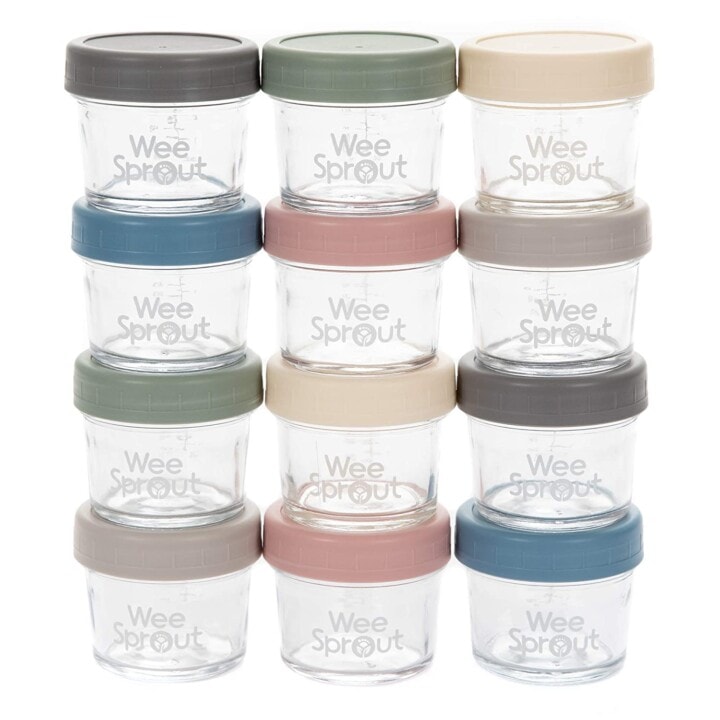
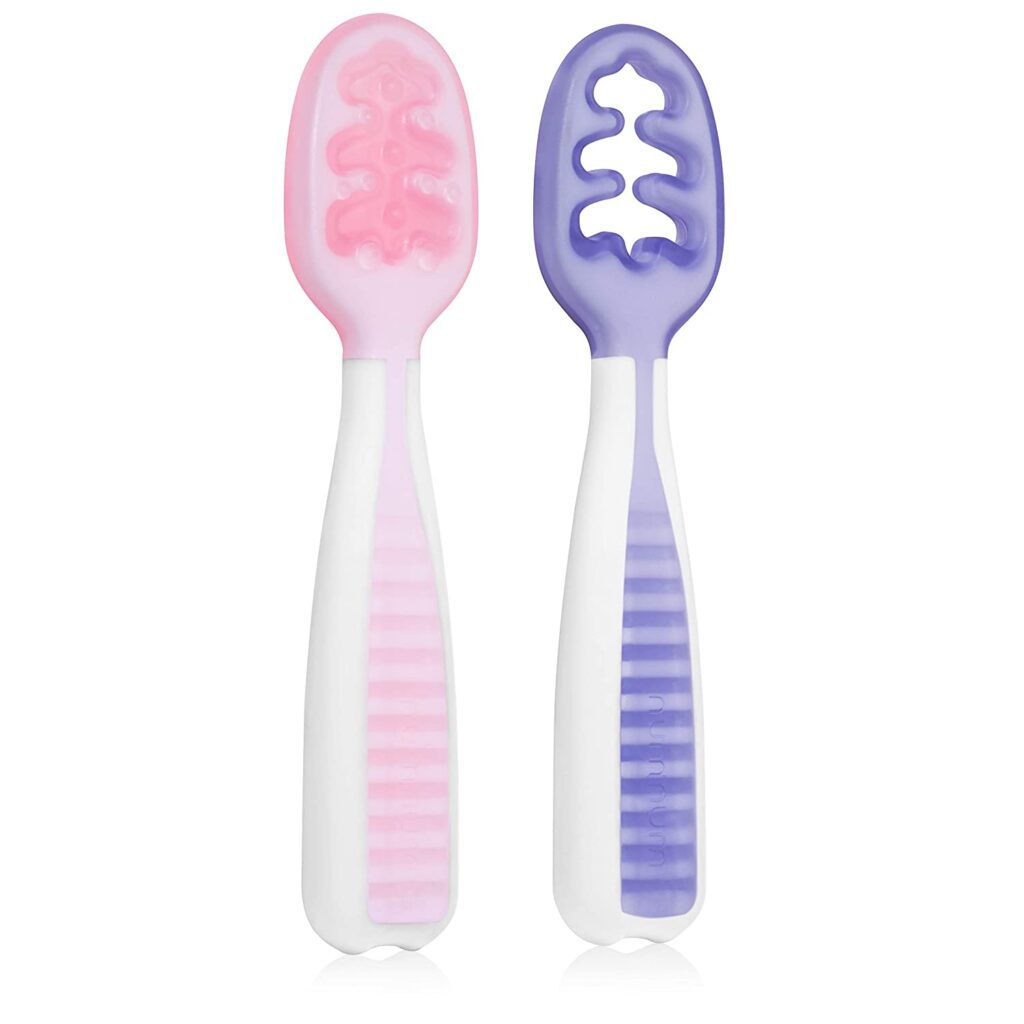
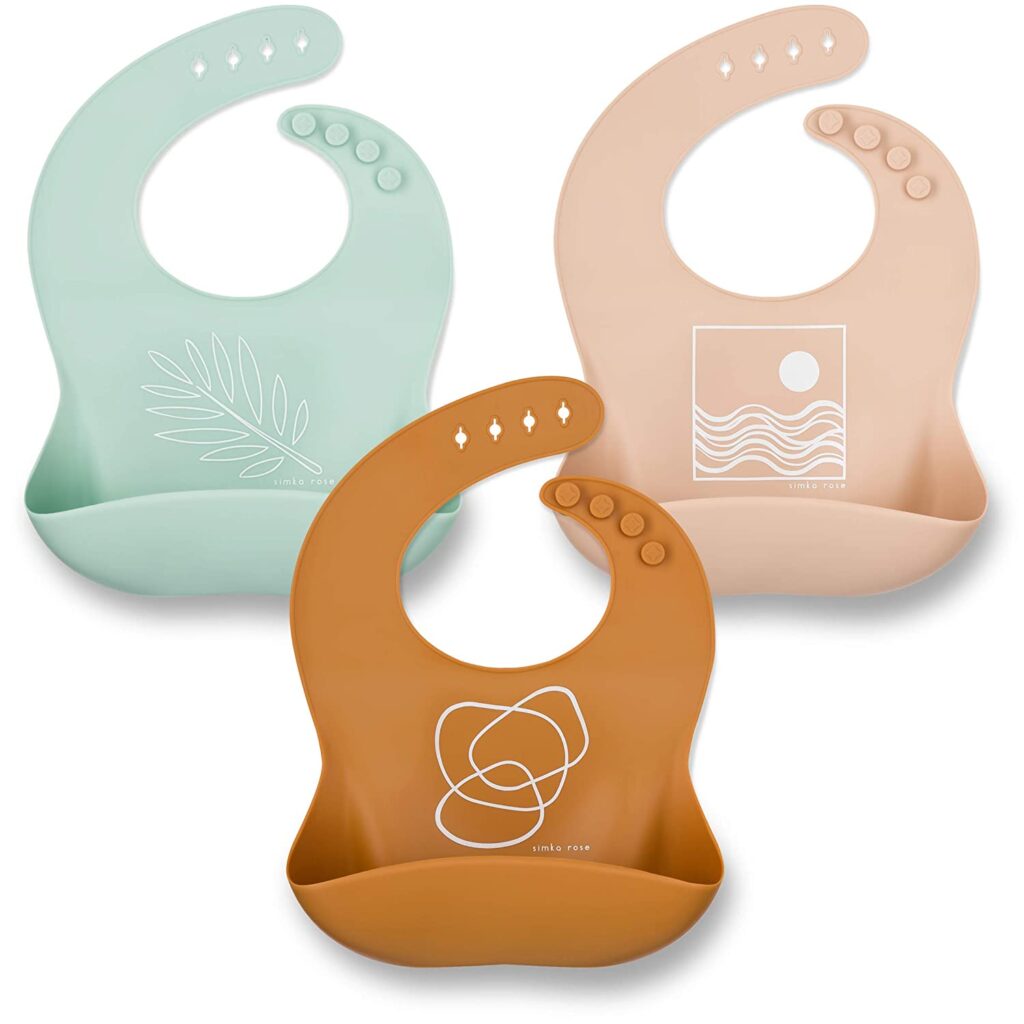
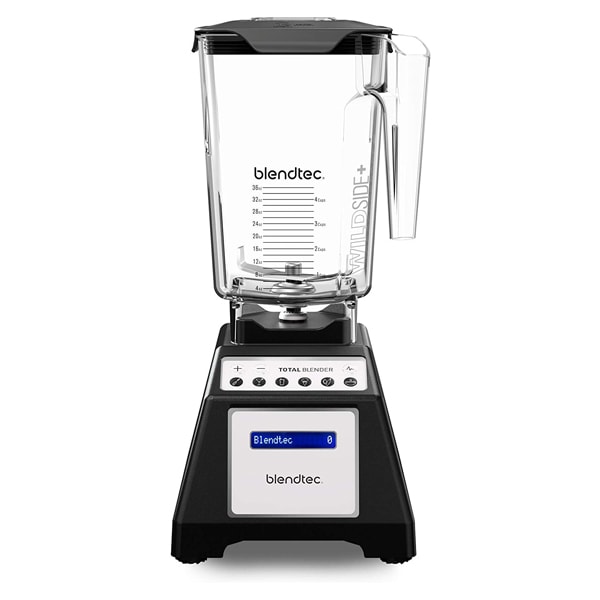
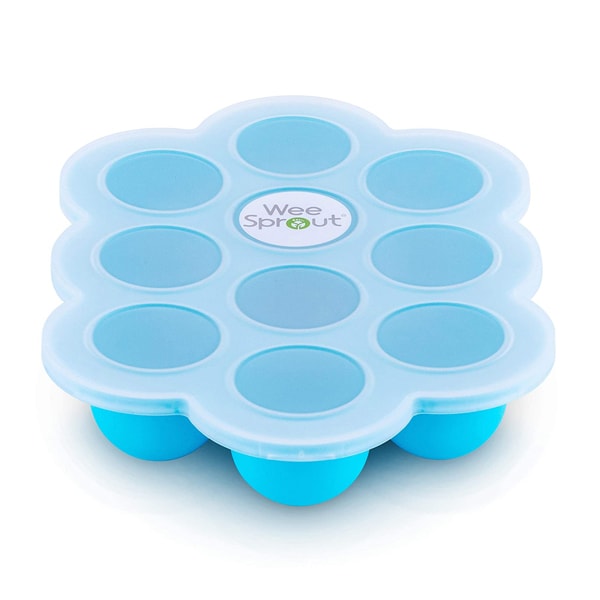
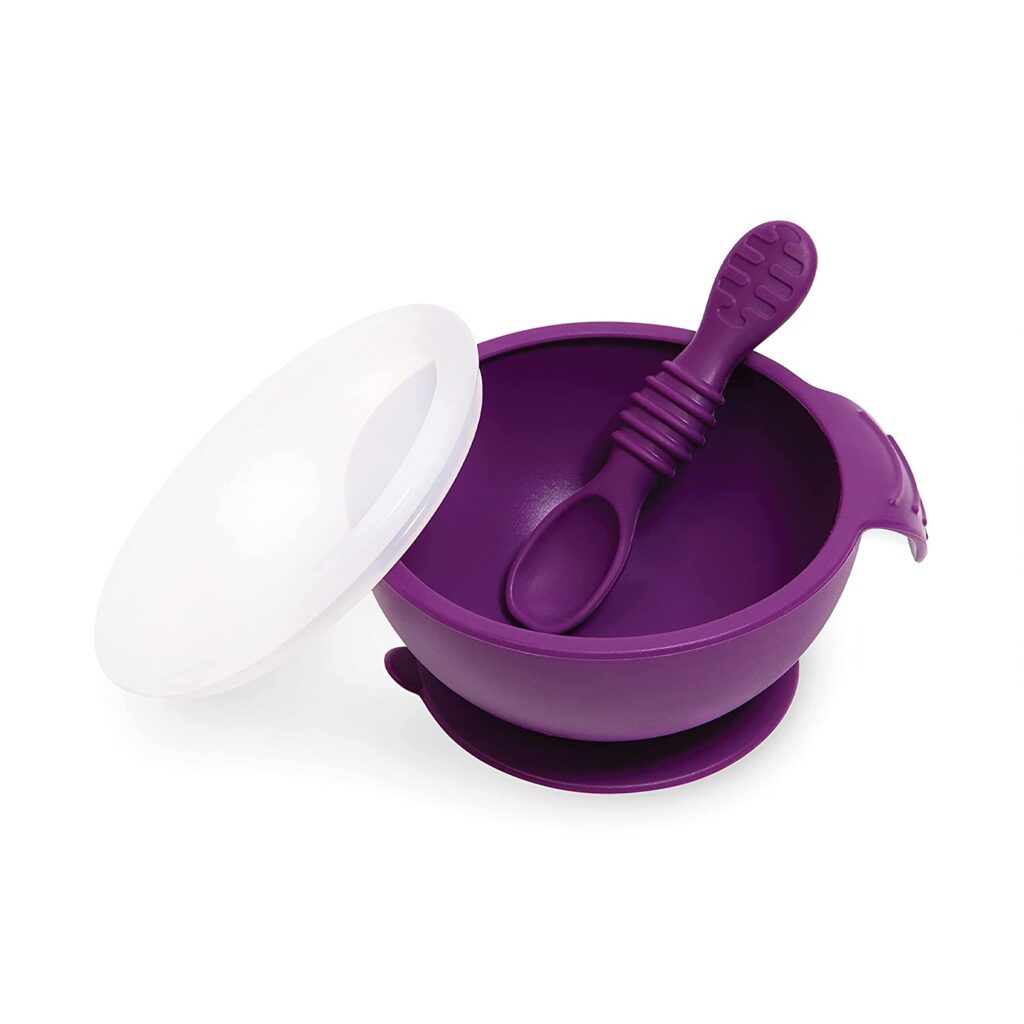
Tools Needed
These tools will make it a lot easier for you to serve beets to your baby. For more of my favorite kitchen tools, make sure to check out my shop.
- High chair
- Suction bowl or baby bowl
- Baby spoon
- Bib with catch pocket
- Sleeved bib
- Blender or food processor
- Steamer insert with lid
- Freezer tray
- Storage containers for fridge
- Stasher bag
- Reusable pouches
- Easy to hold fork and spoon
- GOOtensils
How to Prepare Beets
First, clean any dirt off your beets with gentle scrubbing under running water. Second, it’s best to cook beets with the skin on and even some of the stem and root attached. This will help minimize staining from the beets on your hands. Use gloves or a paper towel to help protect your fingers from staining and simply peel off the skin after cooking.
Roasted
Place whole beets in a single layer in a parchment-lined or greased casserole dish and cover with a lid. You can also brush the beets with olive oil and wrap each beet loosely in foil. Roast beets at 400°F for 45-50 minutes. Beets should be tender and able to cut through easily with a knife. Allow to cool and peel skin.
Steamed
Place a steamer basket into a large pot filled with water to just below the steamer basket. Bring water to a boil and then add whole beets to the pot and cover with a lid. Reduce heat to low and simmer until tender. Small to medium-sized beets will need about 30 minutes to cook, while larger beets will typically need about 40 minutes. Remove beets from the steamer and allow to cool. Peel skin.
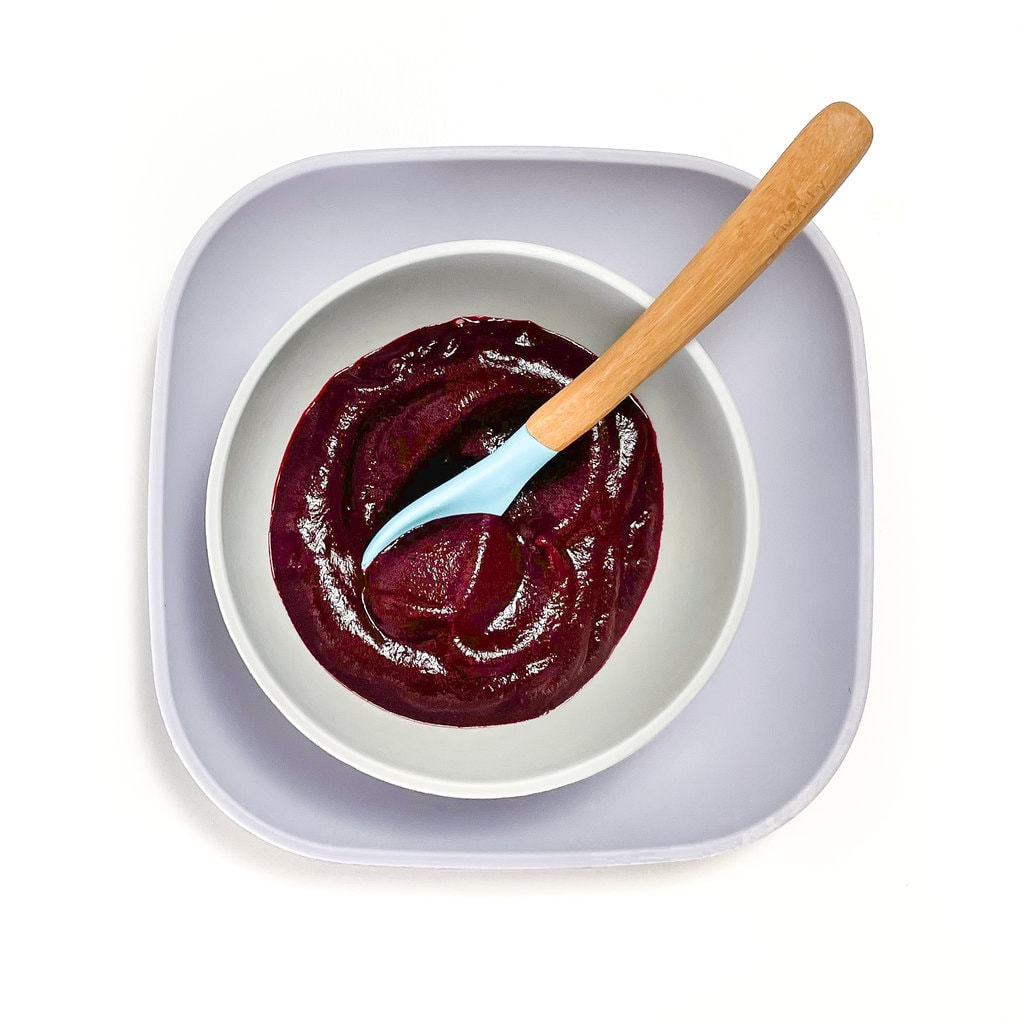
Beet Puree
Beet puree is incredibly easy to make. Simply steam whole beets until tender. Then peel beets, add a touch of cinnamon, and puree in your blender.
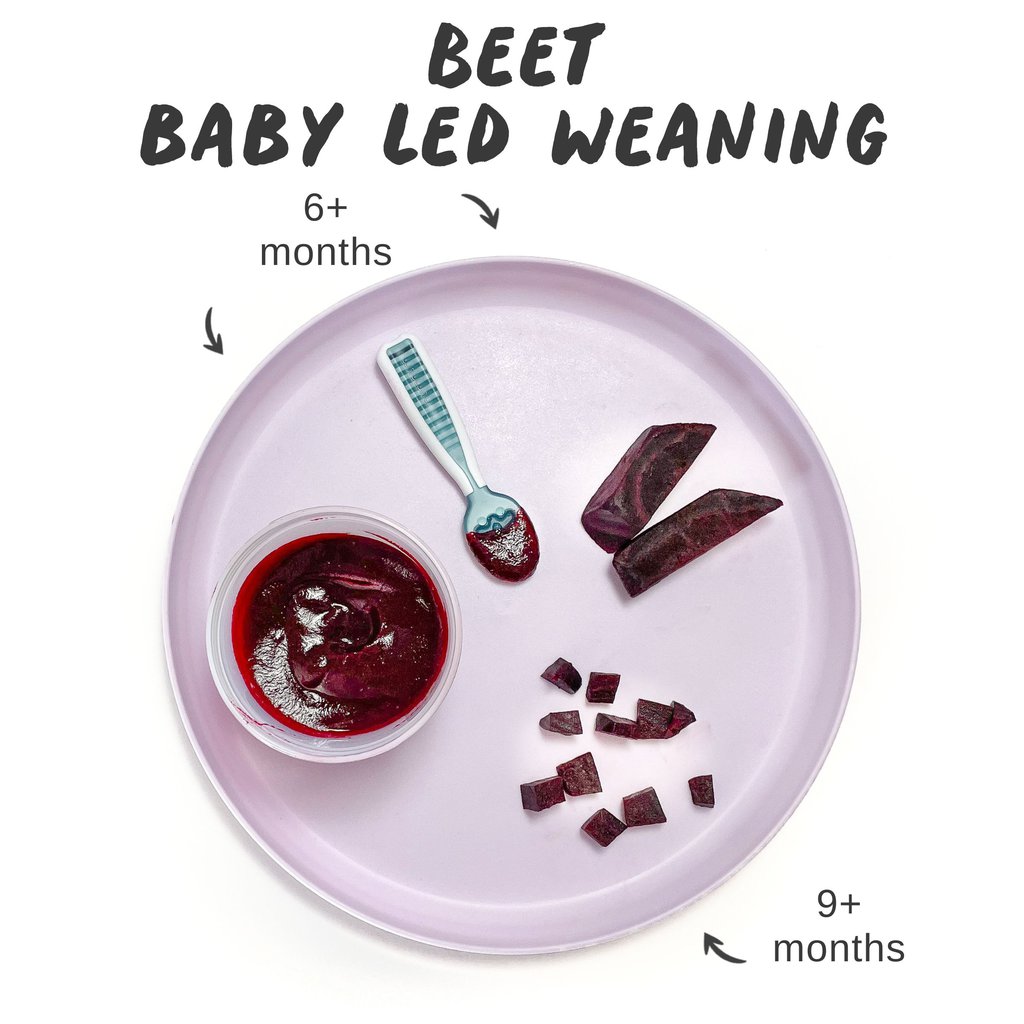
Beets for Baby-Led Weaning
Beets are a great food for your baby to self-feed, whether for baby-led weaning, which happens around 6 months of age, or during the finger foods stage at 9 months.
Halves or quarters (cooked) – 6+ months: great for babies 6+ months or just starting on solid foods. Make sure to cook beets until easily pierced with a fork or mashable with your fingers. It’s best to start your baby with a bigger piece of cooked beets so your baby can chew, gnaw, and take bites without them being a choking hazard. Remove the skin before serving to your baby.
Bite-sized pieces (cooked) – 9+ months: Bite-sized beets will allow your baby to practice using their pincer grasp, which is developing at this age. Continue to cook beets until they are soft and remove the skin before serving to baby.
Storage Instructions
Beet Puree
Refrigerator
You can store it in an airtight container in the fridge for up to 4 days.
Freezer
This puree can be frozen for up to 4 months.
- Spoon puree into a freezer storage container – do not overfill.
- Place the lid on the storage container or cover it with a piece of saran wrap and label it with the date and recipe name.
- Place the tray into the freezer and let freeze completely – preferably overnight.
- Pop out the baby food cubes and place them in a zip-lock baggie or stasher bag – don’t forget to re-label the baggie or stasher bag for future reference.
Baby-Led Weaning
You can store cut beets in an air-tight container in the fridge for up to 2 days.
Combination Purees
While Beet Baby Puree is great by itself, it’s also super easy to mix and match with other nutrient-dense baby food purees. Give these fun flavor combos a try!
- Apples
- Ricotta
- Chicken
- Pears
- Yogurt
- Sweet Potato
- Carrot
- Rice Baby Cereal
More Beet Recipes
Sweet Potato, Beets + White Beans Baby Food Puree
Banana, Cherry + Beet Baby Food Puree
Sweet Beet Popsicles (plus, 5 fun flavors to try!)
Pink Beet Pancakes
Beet Hummus for Baby, Toddler & Kids
Oatmeal with Beets + Carrots
Roasted Root Veggies + Thyme Baby Food
Expert Feeding Tips
- Beets are known to cause baby’s poop to be red, so do not be alarmed if this happens after your baby eats beets.
- You can grate raw beets if you are short on time or do not feel like cooking.
- Beets are super messy and stain just about everything they touch so make sure to have a good bib or strip baby down before serving beets.
- Pre-cooked, canned, or pre-packaged beets are a great option when fresh or frozen are not available. Choose low-sodium brands with no added sugar.
- Beets can be slippery and firm, which can increase their choking risk. To minimize choking hazards, cook beets thoroughly until soft and serve in age-appropriate sizes.
- Choose beets that are small to medium in size, as these will be sweeter and more tender.
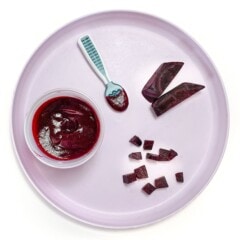
Get the recipe: Beets for Baby (puree or baby-led weaning)
Ingredients
Baby Food Puree
- 3 medium beets
- 1/3 cup liquid, (reserved water, fresh water, fresh breast milk, or formula)
- pinch cinnamon (optional)
Baby-Led Weaning
- 1 medium beet
- pinch cinnamon (optional)
Instructions
- Prep: scrub off any dirt on the beets, leaving the skin and stem attached.
- Steam: In a medium saucepan, bring 2″ of water to a boil over medium heat. Place the whole beets into a steamer basket, cover and cook for 30-40 minutes or until tender when pricked with a fork. Reserve steamer water. Let cool slightly and then peel the skin and stem.
Baby Food Puree
- Transfer: Place the cooked beets into a blender or food processor and add a pinch of cinnamon as well as 1/3 cup of reserved steamer water, fresh breast milk, formula or water.
- Puree: turn on the blender or food processor and puree for 1-2 minutes on medium. If the puree is too thick, add in 1/4 cup of liquid at a time, until you achieve the desired consistency.
- Eat: Serve and enjoy, or freeze some for later.
Baby-Led Weaning
- Slice or chop the beets to be age-appropriate for your baby. Add on a sprinkle of cinnamon. Serve and enjoy.
Notes
Did you make this recipe?
Tag @babyfoode on Instagram and hashtag it #babyfoode!

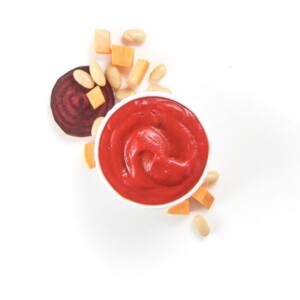
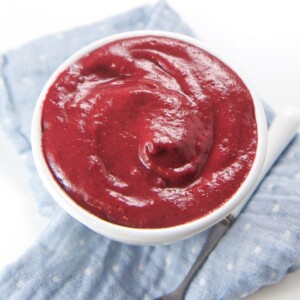
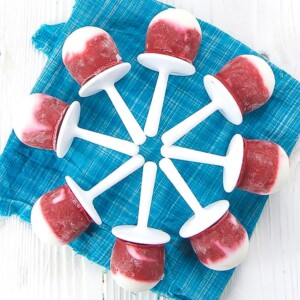
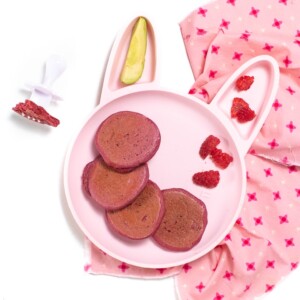
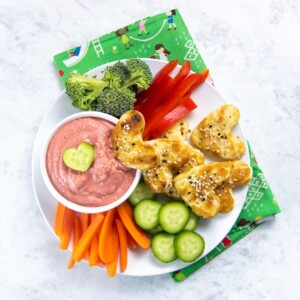
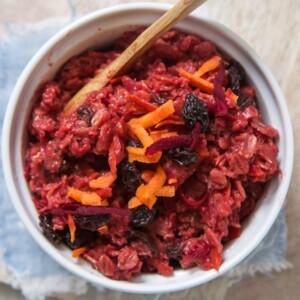
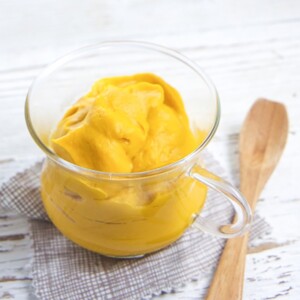
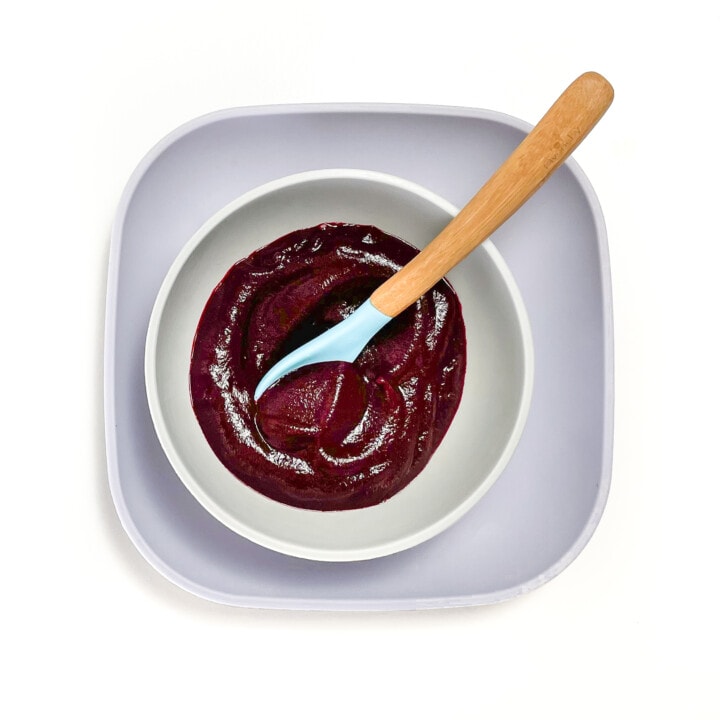
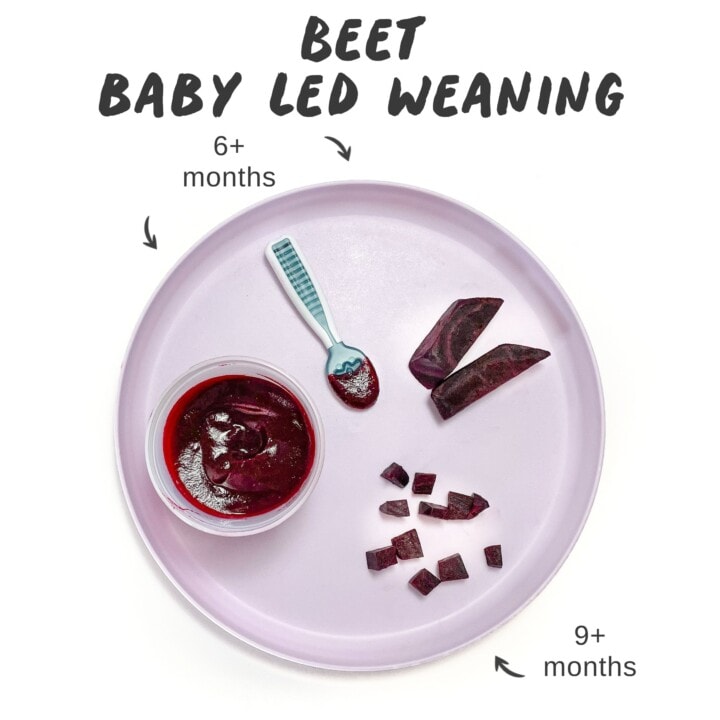
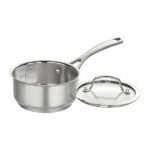
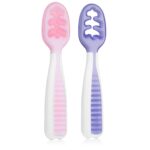
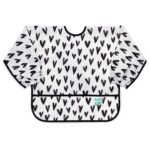
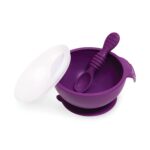
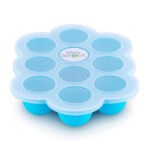
2 Comments on “How to Serve Beets to Baby”
Do you recommend using the same spice with golden beets?
I haven’t tried it with golden beets but I don’t see why not. Thanks!